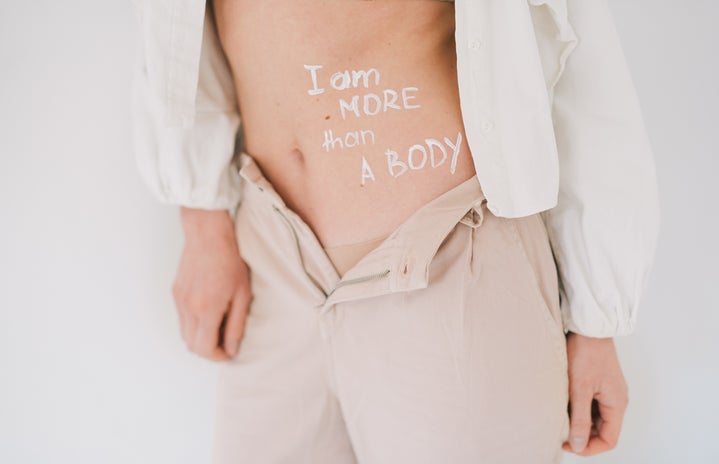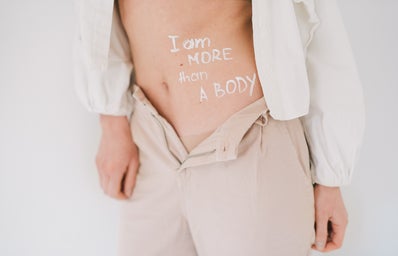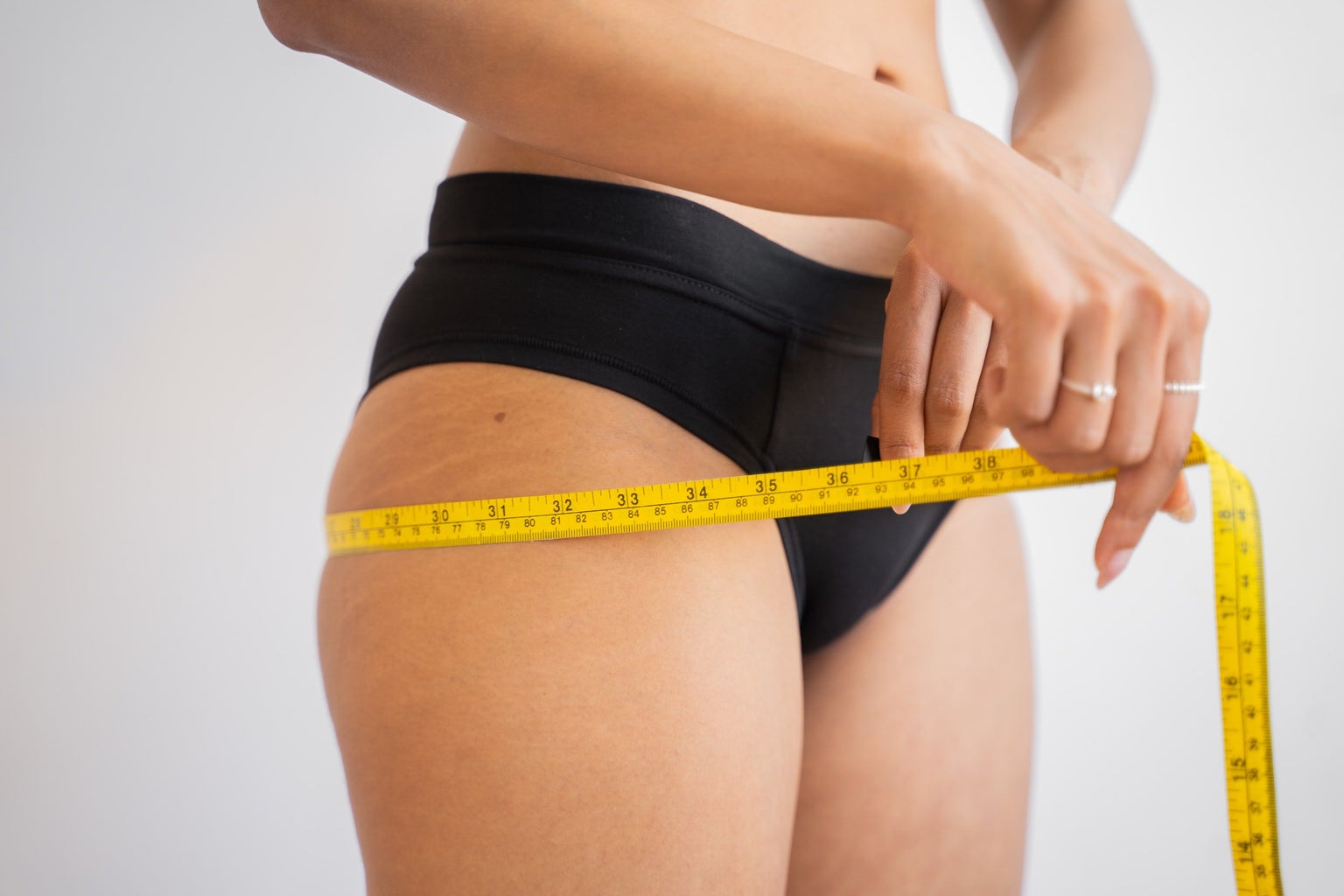If someone asked you to describe your body, would you explain what it looks like? Or what it can do? Body neutrality is the newest theory of how we should be regarding our bodies and focuses on the second question, removing the emphasis from our physical appearances and highlighting instead our capabilities. Body neutrality tells us that we don’t need to love every part of our bodies, like plus-sized models and “fat activists” want us to do, but we ought to recognize the amazing things they allow us to do and appreciate them just the same.
From Kate Moss’ thin, heroin chic aesthetic to Kim Kardashian’s popularization of slim-thick curves, our society has prized one extreme end of the body shape spectrum to the other and back again. Women have always been surgically altering their appearances, taking supplements or other kinds of medications and physically constraining various parts of their bodies in order to fit whatever the beauty standard was of their time. Within the last decade, though, we said enough is enough and the modern-day body positivity movement emerged.
What started in the 1960s quickly grew in the 2010s as an opportunity for women (and men) to renounce unattainable beauty standards and reassure people that they were perfect the way they were. While the movement had good intentions, it eventually began to discourage people who didn’t love themselves every second of every day. In high school, I would sometimes feel bad not just about my appearance, but about the attitude I had toward my appearance and how I couldn’t think positively about myself all the time. I would feel guilty for not being able to “love my flaws” or for wanting to change.
Instead of promoting this noncritical, often unrealistic perspective, body neutrality says to at least accept yourself when you can’t love yourself. Body neutrality is about severing the link between physical appearance and self-worth, affirming that you still deserve respect and appreciation even when you feel like you don’t look your best. This movement also gives you the space to admit that you wish you had clearer skin or a flatter stomach – at the end of the day, don’t we all? Pretending that we don’t can lead to toxic positivity and create shame around these types of thoughts. No one loves their body 100% of the time and that is okay.
Body neutrality also encourages us to appreciate our bodies for what they can do, not what they look like. Even when you may not be feeling great, your body still helps you run, swim, dance and overall experience the world and that is something worth celebrating. Your body is a vessel through which you make memories, meet new people, go on adventures and try new things, which is a lot more important than what’s on the surface.
When we incorporate both body positive and body neutral perspectives into our lives, we can learn to be gentle with ourselves and to view our bodies as inherently good, regardless of what they look like. It’s okay to have good and bad days, but ultimately we want to reaffirm that our worth is not determined by our appearance and that we never have to “deserve” love by looking a certain way. Your body has always been and will always be enough.





